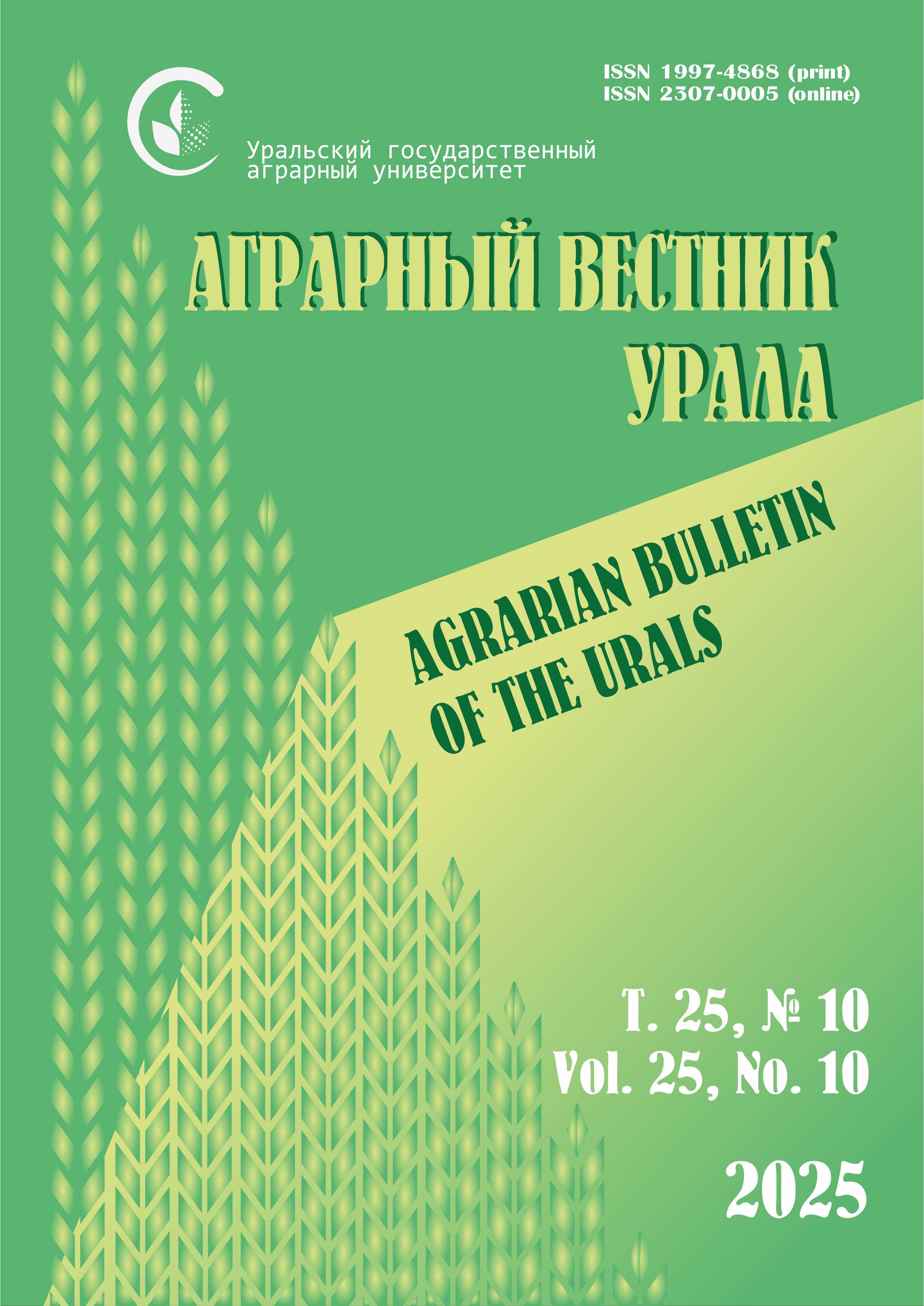Authors:
L. A. LOGVINENKO, researcher,
Nikitsky Botanical garden – the national scientific centre of the RAS (Nikita vlg., 298648, Yalta, Republic of Crimea; e-mail: This email address is being protected from spambots. You need JavaScript enabled to view it.)
Abstract. The Nikitsky Botanical Garden, being a pioneer of the Myrtus communis L. introduction (the common myrtle) as the culture, continues comprehensive research on the development of effective technology for its cultivation, taking into account the biological features of growth on the southern coast of the Crimea. This culture can be successfully cultivated in those regions of Russia, where the thermal supply is at least 4 120 °С of the sum of active temperatures above 10 °С. To start forthputting the thermal amount should be at least 892 °С, and for fruits ripening is 3 959 °С. The duration of the growing season is not less than 153 days. Correctly chosen method of cultivation allows keeping plants safe after wintering and ensures the maximum harvest. The proposed sprout method of cultivation increases the intensity of stem growth in the flowering phase by 2.6 times in comparison with the long-term method of cultivation. The absence of a period of growth dormancy for plants during sprout cultivation provides high sprouting ability up to 153 days. The length of annual growth for perennial culture was 57 cm, for sprout – 115 cm. Essential oil extracted from myrtle plants grown in Crimea has an increased content of ethers. The myrcenyl acetate ether in the Crimean oil is a major component and its content is 35.39 %.
Keywords: the common myrtle, Myrtus communis L., bush tree, evergreen (perennial) shrub, phenophase, growth dynamics, growth rate, essential oil, component composition.












